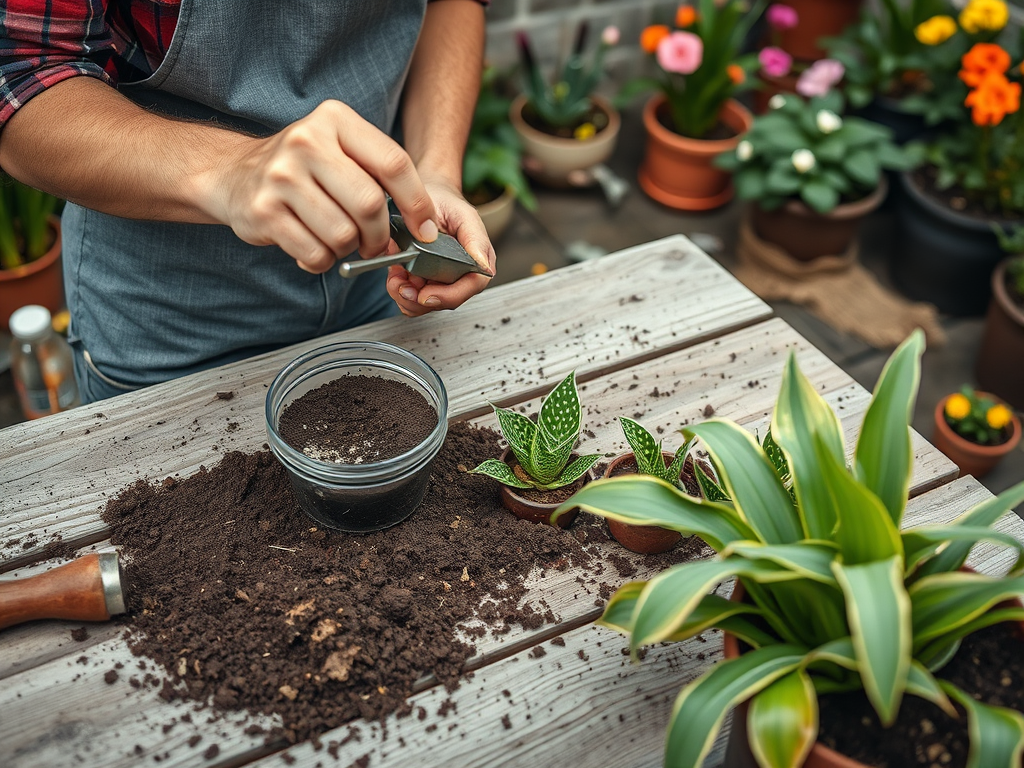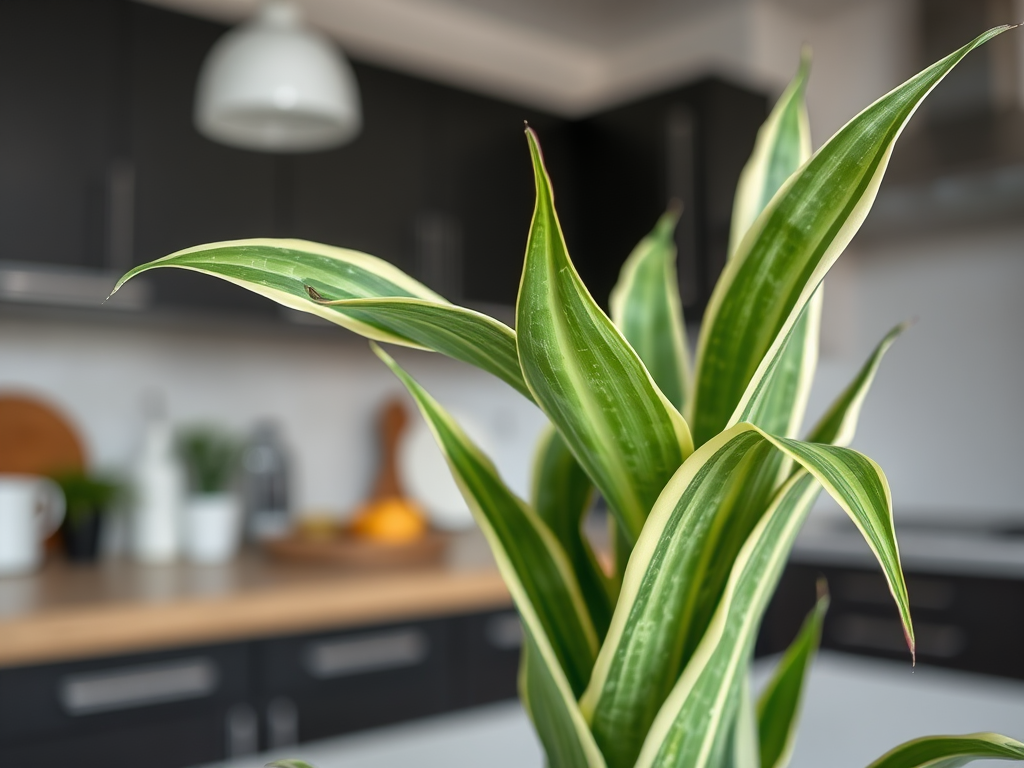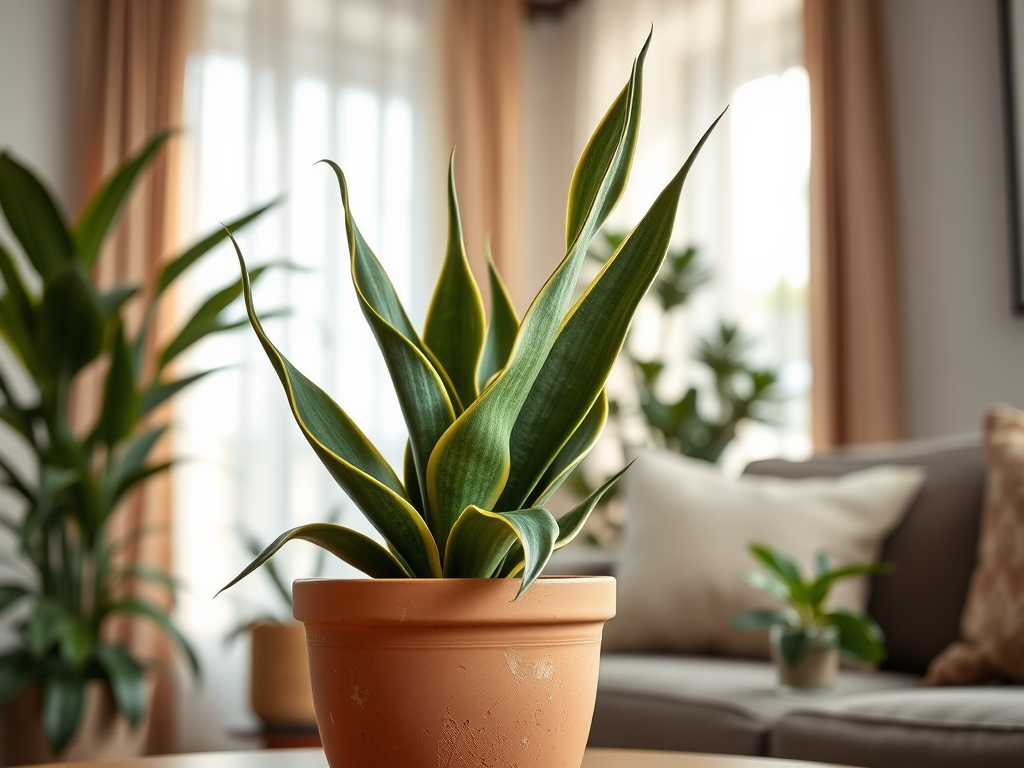Snake plants, known for their striking architectural leaves and resilience, are a favorite among plant enthusiasts. They thrive in various conditions, making them suitable for both novice and seasoned gardeners. However, the secret to keeping these hardy plants looking vibrant and lush lies in their soil. Choosing the right soil mix is crucial, ensuring adequate drainage, nutrient supply, and proper moisture retention. In this guide, we delve into the best soil mixes for your snake plants, providing practical advice and tips.
Understanding the specific needs of snake plants can significantly enhance their growth. These plants naturally inhabit arid regions, and as such, they prefer well-draining environments. This means that soil that retains too much moisture can lead to issues like root rot. Hence, selecting the right mix not only promotes healthy growth but also prolongs the life of your beloved snake plants. Below, we will explore the characteristics of ideal soil and the components that make for a winning combination.
Understanding Snake Plant Needs

The snake plant’s native habitat is primarily in Africa’s dry regions, where it becomes accustomed to specific soil characteristics. These include high humidity, low nutrient availability, and frequent fluctuations in moisture. Therefore, snake plants are particularly adapted to thrive in less-than-ideal conditions, which is why getting their soil mix right can yield magnificent results.
Characteristics of Ideal Soil for Snake Plants

When considering the best soil mix, focus on three main characteristics:
- Well-draining properties: Essential to prevent water accumulation, which can lead to root rot.
- Nutrient composition: A balanced mix that offers essential nutrients without being overly rich.
- pH levels: Ideally, the soil should be slightly acidic to neutral (around 6 to 7 pH).
Components of the Best Soil Mix
The foundation of a successful snake plant soil mix lies in its components. Here’s a breakdown of what you’ll need:
- Potting Soil: A base component that provides a balanced structure.
- Perlite: Enhances drainage and aeration.
- Sand: Improves soil texture and drainage.
- Coconut Coir: Retains moisture while promoting healthy root growth.
To create an effective snake plant soil mix, consider the following steps. Combine these components in the recommended ratios:
| Component | Ratio |
|---|---|
| Potting Soil | 40% |
| Perlite | 30% |
| Sand | 20% |
| Coconut Coir | 10% |
Once you have your components, blend them until they are evenly mixed. You may want to adjust these ratios based on your local climate and the specific growing conditions of your environment. For instance, if you live in a particularly humid area, increasing the amount of perlite can help improve drainage.
Alternative Ready-Made Soil Options
If mixing your own soil doesn’t sound appealing, there are several ready-made options designed specifically for snake plants. These mixes can save you time and ensure you’re providing the right conditions for your plants. Consider the following factors when choosing a commercial soil mix:
- Drainage Capability: Check for formulations that explicitly state they promote drainage.
- Organic Ingredients: Look for mixes that include natural components like coconut coir or perlite.
- Brand Reputation: Research brands with positive reviews from other snake plant owners.
Potting Your Snake Plant
When potting or repotting your snake plant, it’s essential to follow best practices. First, select a pot that has adequate drainage holes; this is crucial for preventing excess moisture. Next, consider the pot size and material; choose a size that allows for growth without being excessively large. A ceramic or terracotta pot is often ideal due to its breathability.
Position your snake plant in the center of the pot, ensuring it has ample room for its roots to spread. Gently fill in around the roots with your prepared soil mix, pressing lightly to eliminate air pockets. Water lightly after potting and wait for the plant to acclimate before resuming a regular watering schedule.
Conclusion
In conclusion, the right soil mix plays a pivotal role in keeping your snake plants healthy and thriving. By understanding their unique needs and crafting or choosing an appropriate soil mix, you’ll be setting yourself up for a joyful gardening experience. Don’t hesitate to experiment with different combinations to see what works best in your environment. The journey of plant care is as rewarding as it is educational.
Frequently Asked Questions
- What type of pot should I use for my snake plant?
A pot with drainage holes is ideal to prevent root rot. - How often should I repot my snake plant?
Plan to repot every 2-3 years or when the plant outgrows its pot. - Can I use garden soil for snake plants?
It’s not recommended, as garden soil tends to retain too much moisture. - What symptoms indicate that my snake plant needs a soil change?
Signs include yellowing leaves, stunted growth, or a strong, musty smell from the soil. - Is it necessary to fertilize my snake plant?
Fertilizing is not essential, but it can promote growth during the growing season. Use a diluted, balanced fertilizer. - How can I improve drainage in my soil mix?
Add more perlite or coarse sand to enhance drainage capabilities.


